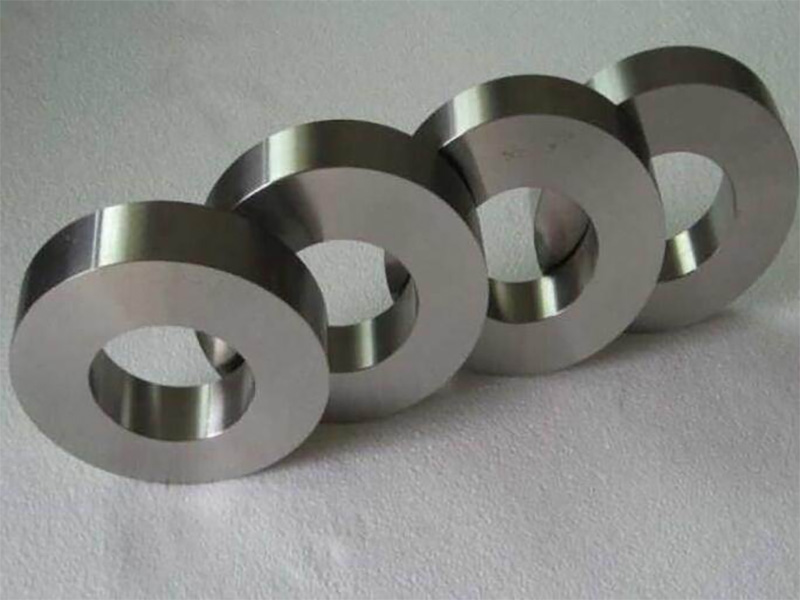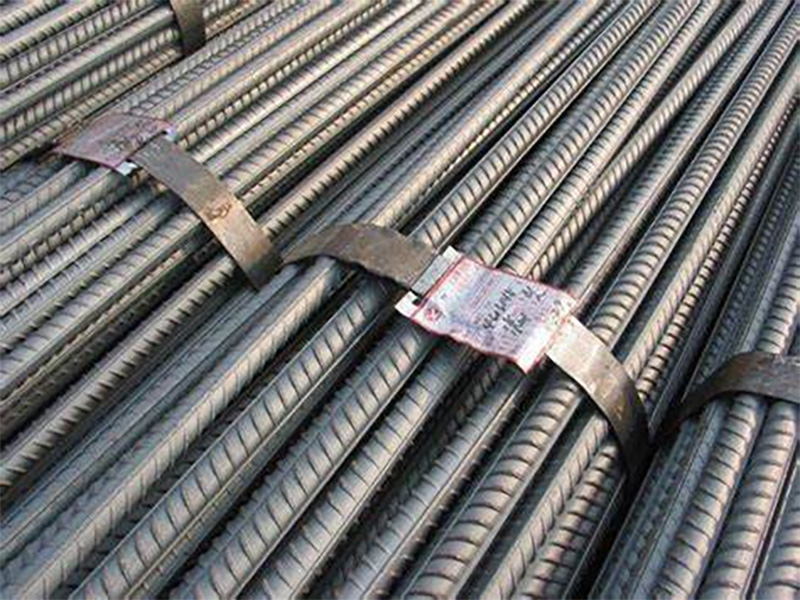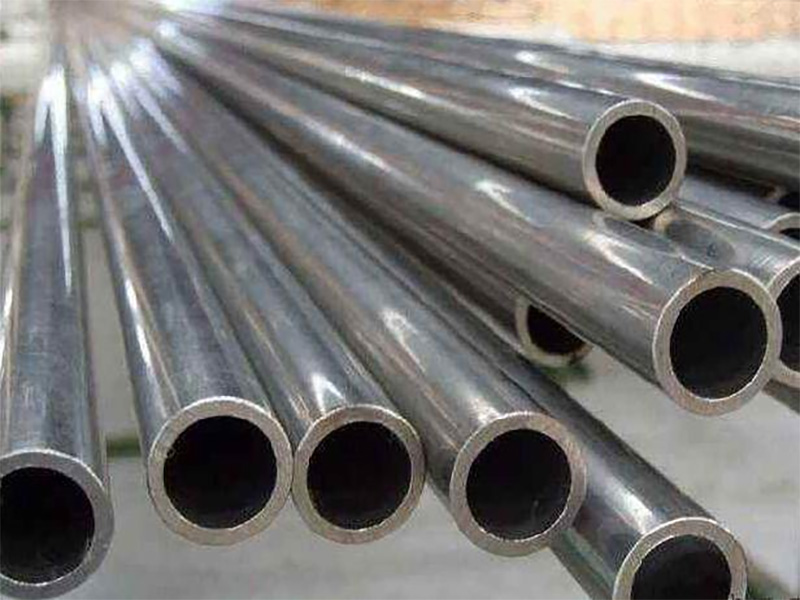

Before introducing the classification of steel, we will briefly introduce the basic concepts of ferrous metals, steel and non-ferrous metals.


Rebar pig iron refers to iron ore into the blast furnace smelting products, mainly used to make steel and castings.
The cast pig iron is melted in the smelting furnace, that is, the cast iron (liquid), the liquid cast iron cast into casting, this cast iron is called cast iron.
Ferroalloy is composed of iron and silicon, manganese, chromium, titanium and other elements of the alloy, ferroalloy is one of the raw materials for steelmaking, steel deoxidizer and alloy element additives used in steelmaking.
The steelmaking pig iron into the smelting furnace according to a certain process, that is, to get steel. Steel products are ingot, continuous casting billets and direct casting of various steel castings. Usually speaking of steel, generally refers to rolled into a variety of steel steel. Steel is a ferrous metal but steel is not quite equal to ferrous metal.


For Further Details,Please Feel Free To Contact Us: